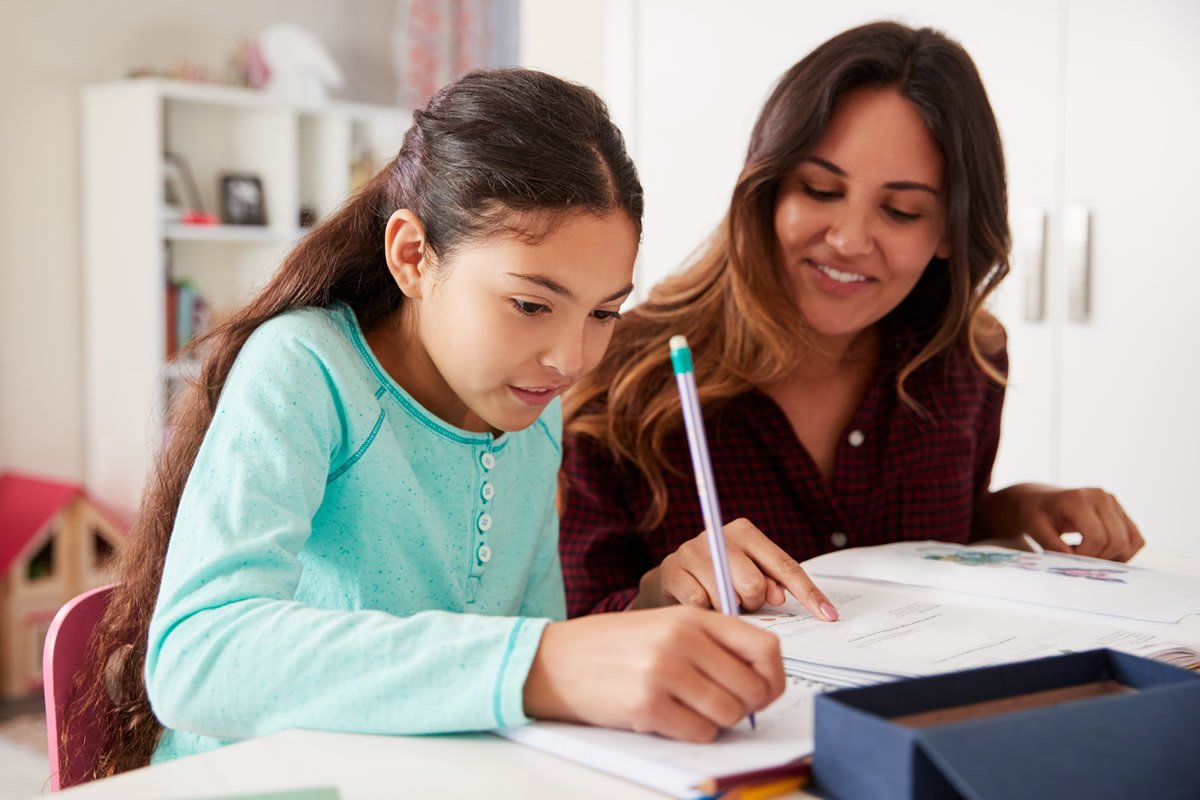The students face learning challenges in school to keep up with their peers. Whether a child struggles with a specific subject like reading or math or has a learning disability attention, private tutoring offers comprehensive support to hurdles. As a parent, finding the right private tutor for your child transforms their academic experience and sets them up for success both in and out of the classroom.
Finding the right tutor match
Browsing tutor profiles on agencies and marketplaces matches your child with someone who has experience improving similar problem areas. If your child needs help primarily with reading comprehension, for example, look for tutors with a background in teaching literacy skills. You want to ensure the tutor is familiar with proven methods like phonics or multisensory learning. Basic skills tutors who teach all subjects may not have the specialized knowledge to address specific learning disabilities. Interview potential tutors about their approach and request references from past students who faced similar challenges.
Setting goals and benchmarks
Having concrete goals and benchmarks for 私人補習 will maximize its effectiveness. Discuss with your chosen tutor what skills your child should attain after 3 months, 6 months, and so on. These benchmarks will show if current strategies are working or if a change in approach is needed. Starting with foundational concepts your child has not grasped and slowly scaffolding up is key. Raising the reading level of your child by X grade or improving their test scores are good goals. Tracking progress quantitatively shows when milestones are reached.
Coordinating with classroom learning
For the best results, private tutoring should coordinate with what your child is learning in school. Ask teachers if your child works on concepts they are covering in class so the extra support ties in directly. Tutoring works best when supplementing the classroom, not existing separately from it. Have the tutor focus on homework help and skills practice around current lessons. Then, this builds confidence for handling similar content when back in class. With open communication, the tutor also gives feedback to the teacher about what strategies are working best one-on-one.
Making tutoring engaging
The best tutoring connects with a student’s interests to make learning enjoyable. Especially for younger children or those with ADHD, lessons that feel like play maintain engagement. The tutor should incorporate games, physical movement, competitions, and incentives to immerse your child in the material. Customized rewards for achieving goals also boost motivation.
Using specialized teaching aids
Students with learning disabilities often benefit from tailored educational aids and devices in their tutoring sessions. For example, a tutor working with a child who has dyslexia may use assistive technology like audio books or read-aloud software to help overcome reading barriers. Or they might have manipulative like letter tiles or magnetic numbers to connect concepts visually and physically. Tutors trained in special education techniques will know how to incorporate toys, visual charts, flashcards, computer programs, and more into engaging hands-on lessons. Find a tutor experienced with these assets.









